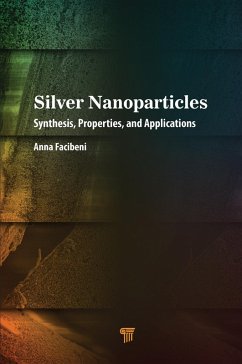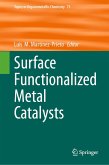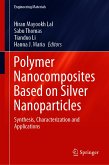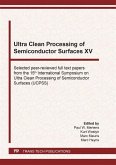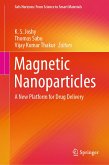The use of silver as an antibacterial agent has been known for thousands of years. This effect can be amplified by simply reducing the size of silver particles to the nanoscale, with the added advantage of a reduction in cost and toxicity. Application of silver nanoparticles to textiles can bring considerable advantages, especially for medical support materials or for materials that cannot be washed daily. This book describes a novel synthesis method that the author calls
in situ, in which these nanoparticles are obtained directly on materials. The method is simple and easy to apply and can also be considered green because the reducing agent involved is ascorbic acid, commonly known as vitamin C. It neither requires special modifications in the industrial equipment nor special pressure or temperature conditions. It can be used to grow other metals or metal oxides on a material. The book showcases studies carried out on silver nanoparticles by the author over several years, not only in terms of the synthesis but also the morphological characterization of the substrate to which they were applied. It exhibits SEM images displaying the homogeneity of the silver coating, highlighting that sometimes the simplest way is the best way.
Dieser Download kann aus rechtlichen Gründen nur mit Rechnungsadresse in A, B, BG, CY, CZ, D, DK, EW, E, FIN, F, GR, HR, H, IRL, I, LT, L, LR, M, NL, PL, P, R, S, SLO, SK ausgeliefert werden.

